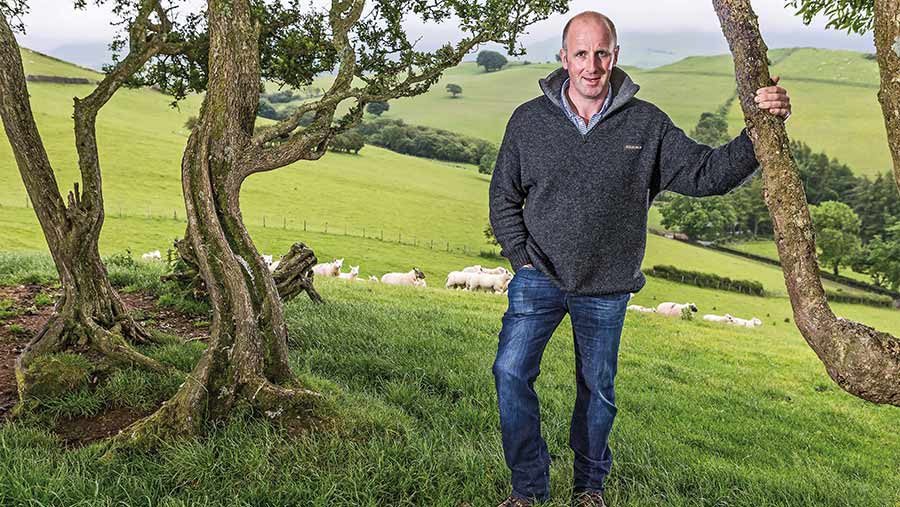Farmer Focus: Benchmarking has never been so relevant
 © Richard Stanton
© Richard Stanton We carried out the sheep scanning work over the Christmas period to take advantage of the available labour.
The results seemed OK, considering that many of our rams decided to become lame on their front left foot during the tupping season.
Our results were around average for us at 150%. The empties were low at just under 2%, and very few ewes were marked late, which proves that our gang of teaser rams were also doing their job.
See also: How to become 100% protein efficient by establishing multi-species leys
We don’t aim for 200% at scanning, and our lambs do not all grade at E and U. What we want is a simple system that is 100% forage dependent.
Our aim is to be a low-input, medium-output flock, relying heavily on the magic of clover to provide nitrogen fertiliser and the protein feed – the two expensive inputs.
Over the past few years, we’ve been part of the Farm Business Survey, conducted through Aberystwyth University. As usual, we were sent our recent farm results at the end of the year, and it made an interesting read over Christmas.
We’ve been involved with some sort of benchmarking project in each of the past 15 years, and very often the results have shaped our decisions for the upcoming year.
We have often sat around the table with upland farmers, with similar systems, discussing our benchmarking results.
The one thing that has stood out is that it’s not all about trying to maximise output, but rather finding a level of production that is comfortable for the farm, the flock and the farmer. In doing so, the business has a better ability to control cost.
Of course, it’s “horses for courses”, and the quality of the land, sheep breeds and the farmers’ husbandry skills need considering.
As we all know, the economic climate is always changing. The price of lamb is fluctuating regularly, and we are witnessing a very volatile market with regard to input costs.
Benchmarking our enterprises has never been more important, to know exactly what works for us. So has the need to know how much cost we can include within an enterprise before we become “busy fools”.
Blwyddyn newydd dda i chi gyd. Happy New Year to you all.

